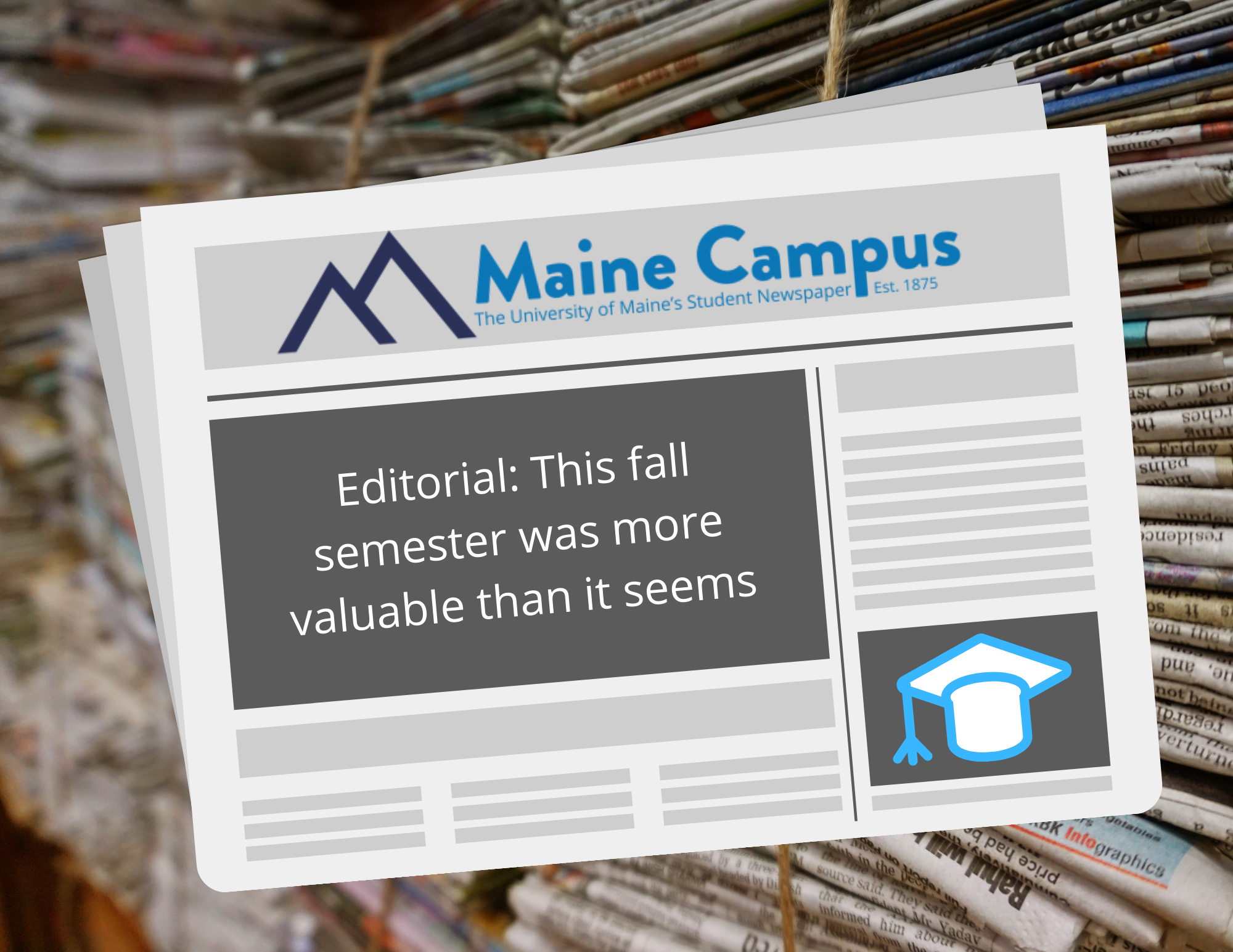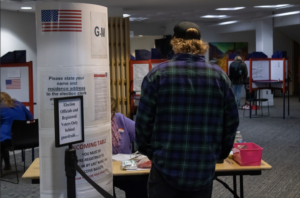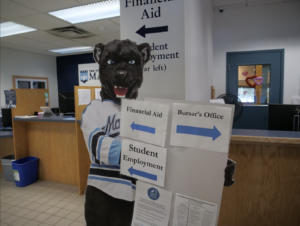As University of Maine students end a semester steeped in pessimistic news coverage, it’s easy to look back at a semester of Zoom meetings and Brightspace and question whether it was all worth it. However, that sort of thinking is ultimately useless. Hindsight is 20/20. All students, faculty, and administrators can do now is figure out what they learned and how to use it going forward.
According to UMaine’s student financial aid webpage, the price of tuition for the 2020-2021 academic year is $9,240 for in-state students and $30,030 for out-of-state students. These prices represent an increase of $240 for in-state students and $720 for out-of-state students from the previous academic year. One might look at this information and think that students are overpaying for an education that has been, in more cases than ever before, strictly online, but the debate over price is irrelevant. Revenue losses associated with COVID-19 mean that tuition won’t be coming down anytime soon; students will either pay it or they won’t. The conversation worth having, though, is that of value.
In many cases, the online semester introduced a different relationship between professors and students than had been previously experienced by either. This is to say, both parties experienced discomfort as they rapidly adapted to the new technology, oftentimes cooperating to work through the complexities of presenting or holding class discussions over Zoom. These circumstances often fostered a newfound camaraderie and empathy between students and professors.
In an interview with Yahoo Finance, Jenna Sheffield, an assistant provost at the University of New Haven, said, “I’ve seen a different mindset where faculty and students have been more flexible and accepting, because everyone knows that we’re all going through a variety of challenges.”
This practice of adapting to difficulties with online tools is extremely valuable as a skill for those looking to enter a job market that increasingly relies on prospective employees to have greater degrees of digital literacy. According to a 2017 study by the Brookings Institution, the number of jobs requiring medium levels of digital literacy rose from 39.5% to 47.5% of the market between 2002 and 2016, while jobs requiring little digital literacy declined from 55.7% to 29.5%. In other words, the ability to learn and employ new technologies and programs is an increasingly vital skill on any post-collegiate career path, one that students at UMaine, and at educational institutions across the nation, honed this semester.
There is also something to be said for the accessibility of professors this semester. Creating the time or mustering up the effort to approach a professor during their office hours can be a challenge for many students. Many professors’ availability over Zoom and email have simplified the process of reaching out for questions or academic advice, reducing the anxiety that some students might struggle with in-person.
However, easy access to professors and university resources hinges on easy access to reliable internet, something that too many individuals in Maine, and the U.S., lack. The mixed blessing of so many college students and children across the country switching to remote modalities is that the necessity of access to broadband internet is clearer than ever. While public schools can provide some students with inconsistent hotspots and Wi-Fi enabled tablets, many institutions like UMaine can do little more than provide students with information on the nearest Starbucks or McDonald’s where they can sit in their cars and use the free Wi-Fi.
Lack of access to broadband has increasingly been a problem for businesses and students, especially in the many rural parts of Maine. In an interview with News Center Maine, Peggy Schaffer, the executive director of the ConnectME Authority, said that “85,000 is probably the floor of who is not connected” in Maine. The rising notoriety of the issue has not gone unnoticed by politicians like Joe Biden, who made the expansion of broadband infrastructure part of his appeal to rural America. Gov. Mills has taken similar steps during the pandemic, creating a new initiative, ConnectKidsNow!, and pumping $12 million from the CARES Act into it.
As students, faculty and even politicians learn from the first half of the 2020-2021 academic year, one can only hope that administrators learned something as well. Some institutions, smarting from a failed fall semester, are telling students to stay home in the spring. Others, like the University of California San Diego, Princeton and Colby, plan to encourage just as many if not more students to return to campuses next semester. The New York Times reports that many administrators are not only confident in their testing procedures and social-distancing protocols, but also in their students’ commitment to those rules.
As far as UMaine’s decision for the spring semester goes, the in-person student body has made about as strong of a case for itself that anyone could ask for. President Joan Ferrini-Mundy will update the community on Jan. 4.
For now, students can simply finish their finals and reflect. Much of the fall semester ran the gamut from strange to outright terrible, but like any investment, it has the potential for extraordinary value.









